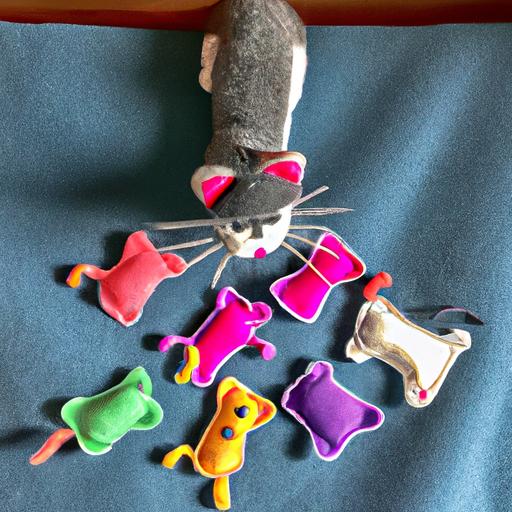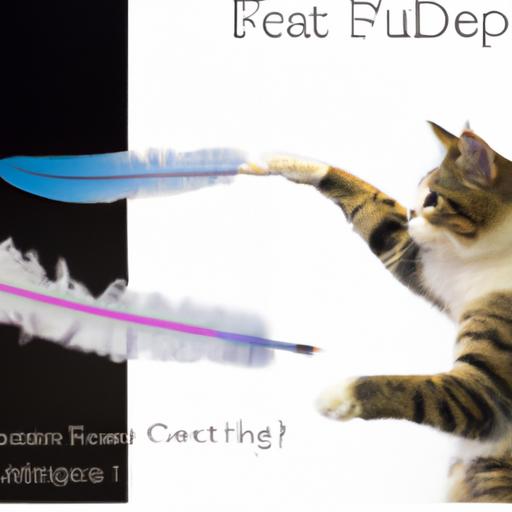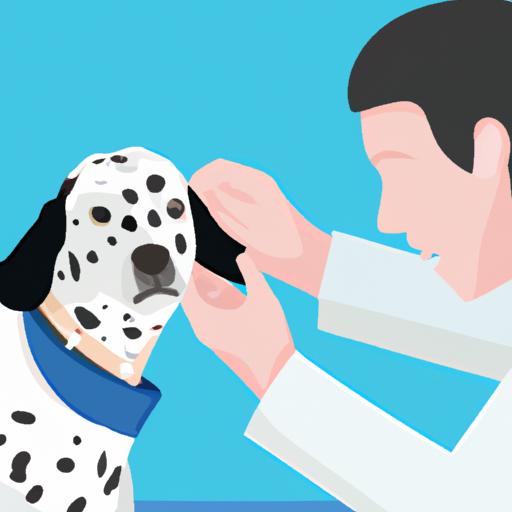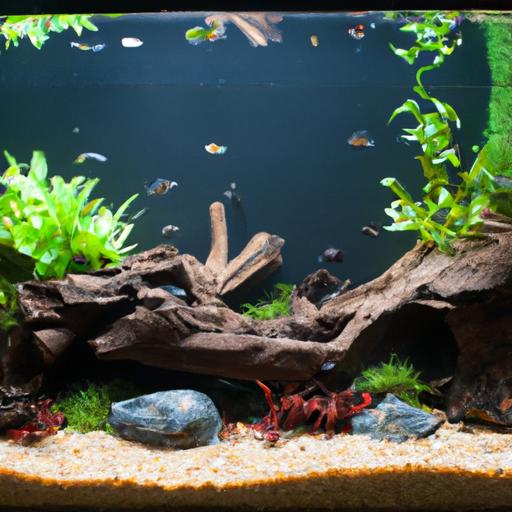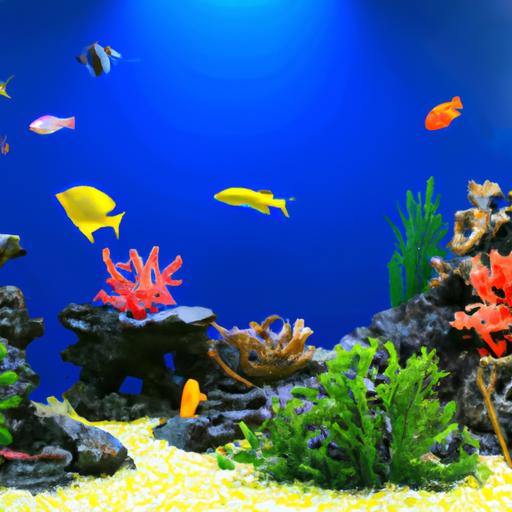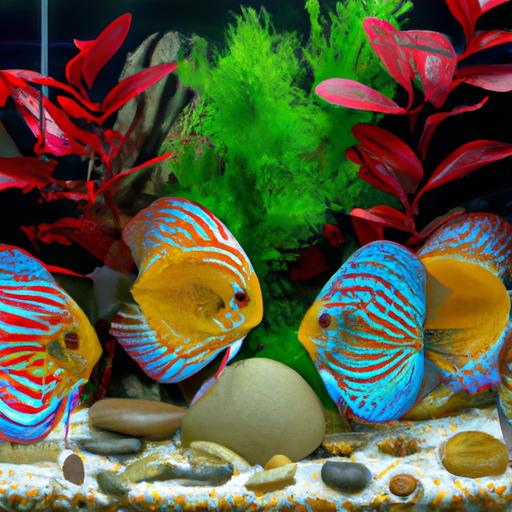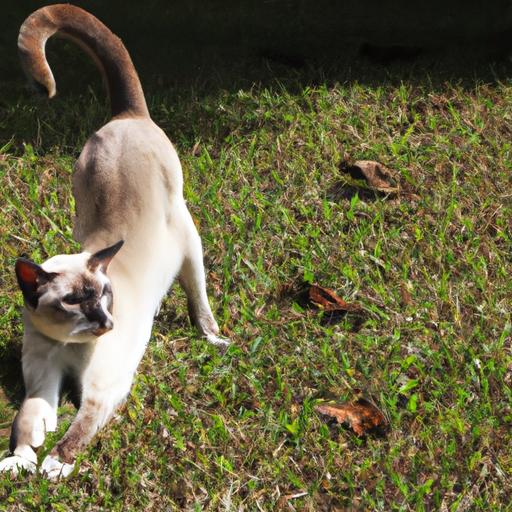
Understanding Cat Tail Swishing Behavior
Discover the meanings behind cat tail swishing behavior in this comprehensive guide. Understand why cats swish their tails and decode their emotions.
Introduction
As cat owners, it’s crucial to understand our feline companions’ behavior to ensure their well-being and happiness. One intriguing behavior to explore is cat tail swishing. Cats communicate through various body language cues, and the movements of their tails play a significant role in conveying their emotions. In this article, we will delve into the world of cat tail swishing behavior, decoding its different types and meanings.
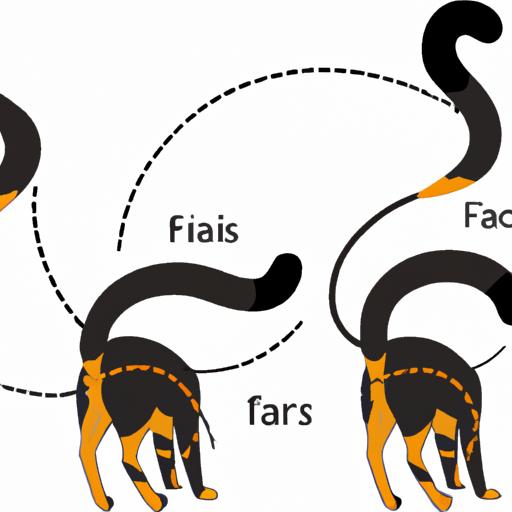
Understanding Cat Tail Swishing Behavior
Cats possess an extraordinary ability to express their moods and intentions through tail movements. By observing and comprehending these gestures, we can better understand our furry friends. Let’s explore the fascinating world of cat tail swishing:
Types of Tail Swishing and Their Meanings
Cat tail swishing can be categorized into different types, each carrying a distinct message. Here are some common tail swishing behaviors and their interpretations:
-
Gentle, Slow Swishing: When a cat’s tail sways gently from side to side, it generally indicates relaxation and contentment. It signifies a calm and peaceful state of mind. [^1^]
-
Rapid, Agitated Swishing: If your cat’s tail is swishing rapidly back and forth, it often signifies agitation or annoyance. This behavior can be observed when they are irritated or feeling threatened. It’s crucial to identify the underlying cause to address their discomfort appropriately. [^1^]
-
Puffed-up Tail with Rapid Swishing: When a cat’s tail is puffed up and swishing rapidly, it typically suggests fear, aggression, or intense excitement. It serves as a warning sign that the cat is ready to defend itself or engage in a confrontation. [^1^]
Importance of Tail Communication in Cats
Tail communication is an essential aspect of feline interaction. Cats rely on their tails to express their emotions, intentions, and establish social dynamics. Understanding their tail language enables us to decipher their feelings accurately. Here’s why tail communication matters:
-
Non-Verbal Communication: Cats primarily communicate non-verbally, and their tails act as a key tool in conveying messages to other cats, animals, and even humans. By paying attention to their tail movements, we can decipher their intentions and respond accordingly. [^2^]
-
Enhancing Human-Animal Bond: Interpreting cat tail swishing behavior strengthens the bond between humans and cats. When we can comprehend their emotions, we can provide the appropriate care, comfort, and positive reinforcement they need. It fosters a deeper connection and mutual understanding. [^2^]
Situations Where Tail Swishing is Commonly Observed
Cat tail swishing behavior can be observed in various situations. Understanding the context in which these behaviors occur helps us interpret their messages accurately. Here are some instances where tail swishing is commonly observed:
-
Playful Behavior: When cats are engaged in play, their tails often swish gently or flick back and forth. It indicates their excitement and enjoyment during playtime. Understanding this behavior allows us to create enriching play experiences for our feline companions. [^3^]
-
Agitation during Grooming: Cats may become agitated during grooming sessions, resulting in rapid tail swishing. This behavior can indicate their discomfort or irritation during the process. Patience and providing a calm environment can help alleviate their stress. [^3^]
FAQ about Cat Tail Swishing Behavior
Why do cats swish their tails?
Cats swish their tails as a means of communication. It helps them express their emotions, intentions, and reactions to various situations. By understanding the different types of tail swishing, we can decipher their messages more effectively. [^1^]
What does it mean when a cat’s tail is swishing rapidly?
Rapid tail swishing usually signifies agitation or annoyance. It can indicate that the cat is feeling threatened or uncomfortable. Identifying the underlying cause and addressing it appropriately can help alleviate their distress. [^1^]
Are there any health issues associated with excessive tail swishing?
Excessive tail swishing can sometimes be a sign of underlying health issues, such as pain or discomfort. If you notice persistent and unusual tail swishing accompanied by other concerning symptoms, it’s advisable to consult a veterinarian for a thorough examination. [^1^]
Can tail swishing be a sign of aggression?
Yes, tail swishing, especially when combined with other aggressive body language cues, can be an indication of aggression. Puffed-up tails with rapid swishing are often observed when a cat feels threatened or ready to engage in a confrontation. It’s essential to recognize these signs to prevent any potential conflicts. [^1^]
Conclusion
In conclusion, comprehending cat tail swishing behavior is essential for cat owners. By understanding the different types of tail movements and their meanings, we can better interpret our cats’ emotions and intentions. Tail communication plays a crucial role in their non-verbal expression, enhancing the human-animal bond. By observing and responding appropriately to their tail swishing, we can ensure a harmonious and fulfilling relationship with our feline companions. So, next time you notice your cat’s tail swishing, take a moment to understand the message they’re conveying and respond with care and affection.
Remember, if you want to dive deeper into other cat behaviors, you can also check out our articles on Understanding Cat Slow Tail Swishing, Positive Interaction with Children and Cats, and Understanding Cat Tail Biting Behavior. Happy cat tail decoding!
















